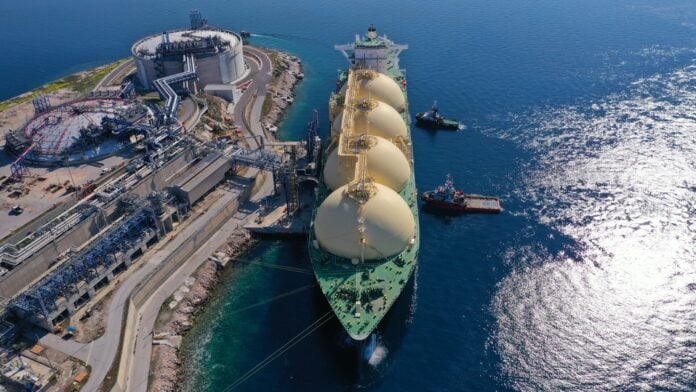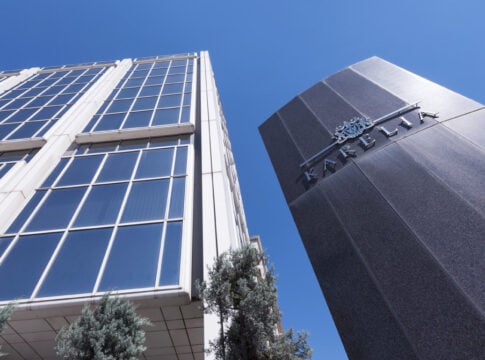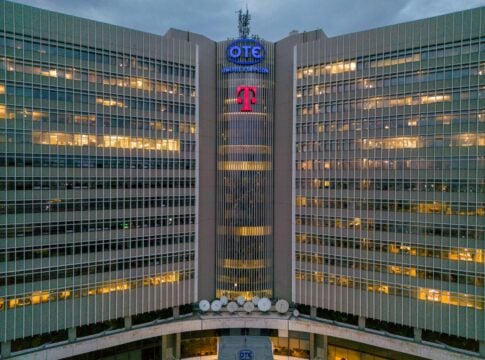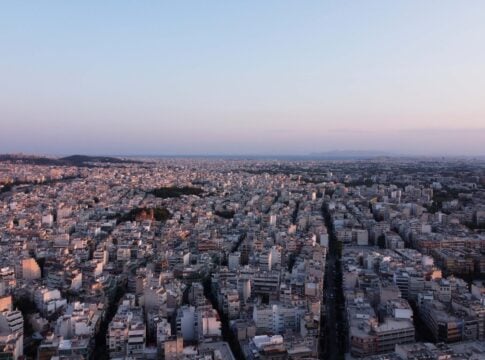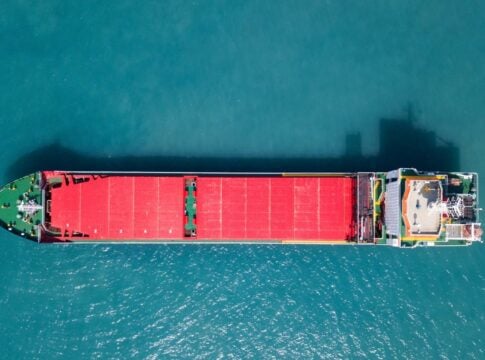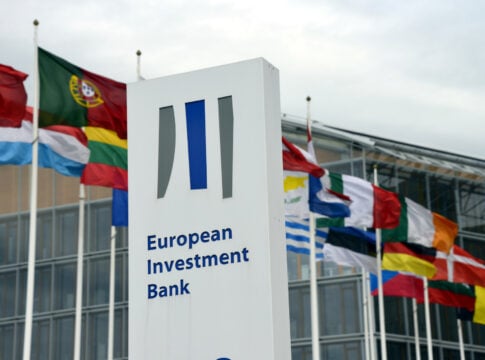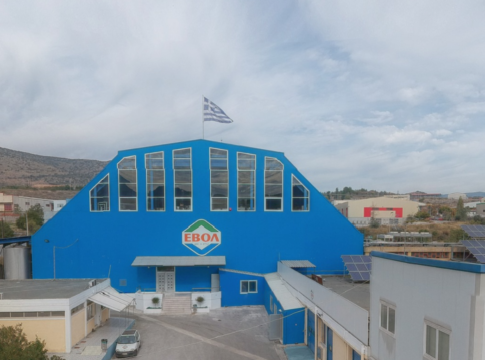Investments in carbon dioxide storage are maturing inside and outside Greece, as, in addition to the storage project in Prinos implemented by the Energean group, DESFA is in discussions with the Egyptian natural gas company EGAS for the export and storage of carbon dioxide in Egypt.
The storage facility in Prinos is proceeding with an initial capacity of 1 million tons per year and an expansion to 3 million in a second phase, while in Egypt, according to DESFA sources, the corresponding storage capacity in depleted hydrocarbon deposits is many times higher, close to 580 million tons.
Carbon dioxide capture and storage technology is one of the methods for limiting emissions, especially for industrial sectors that cannot “green” their production, in order to reduce emissions and to avoid the cost of purchasing emission rights.
As for Prinos, the consultation of the Environmental Impact Study for the first phase of the project is underway. In this phase, the dioxide will be transported to the facility in compressed form, by trucks, while in the next phase, it is planned to transport it in liquefied form, by ships. In addition to the completion of the licensing (approval of the environmental study and issuance of a storage permit), an important element for the implementation of the investments is the issuance of the Storage Regulation and its provisions. According to the company’s planning, the environmental study for the second phase of the project is planned to be submitted for approval at the end of the year.
LNG facilities
A key role in the liquefaction of carbon dioxide, which also allows its transport to neighboring countries for storage, is played by Liquefied Natural Gas facilities that can be used both for the liquefaction of the dioxide and for its transshipment onto ships.
The cooperation between Greece and Egypt in the storage of carbon dioxide was discussed in the context of the visit of the Minister of Environment and Energy Theodore Skylakakis to Cairo last October, when a relevant memorandum was signed and a joint intervention was agreed upon with the Commission for changes to the relevant Regulation, so as to allow the export and storage of Greek-origin CO2 in Egypt.


